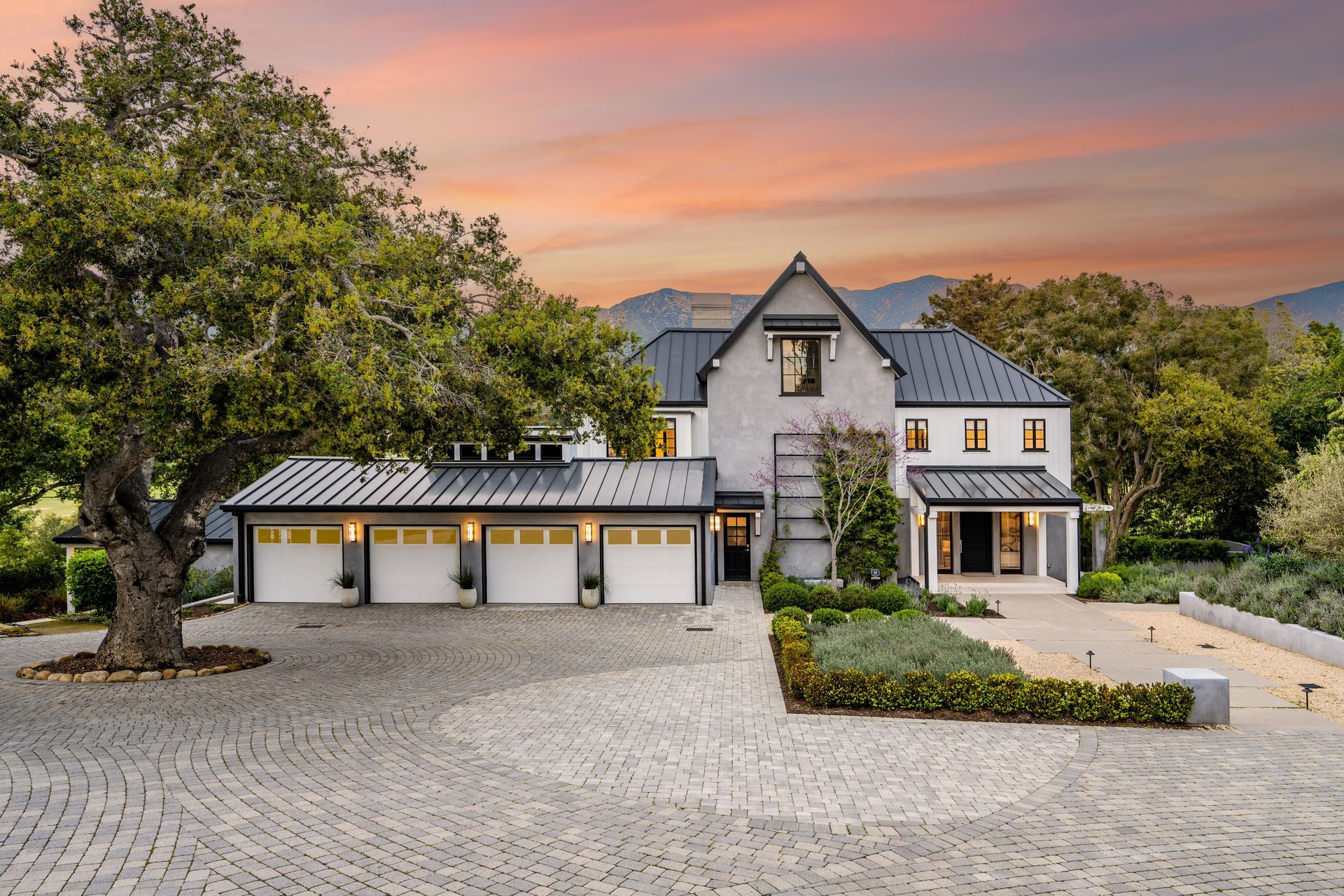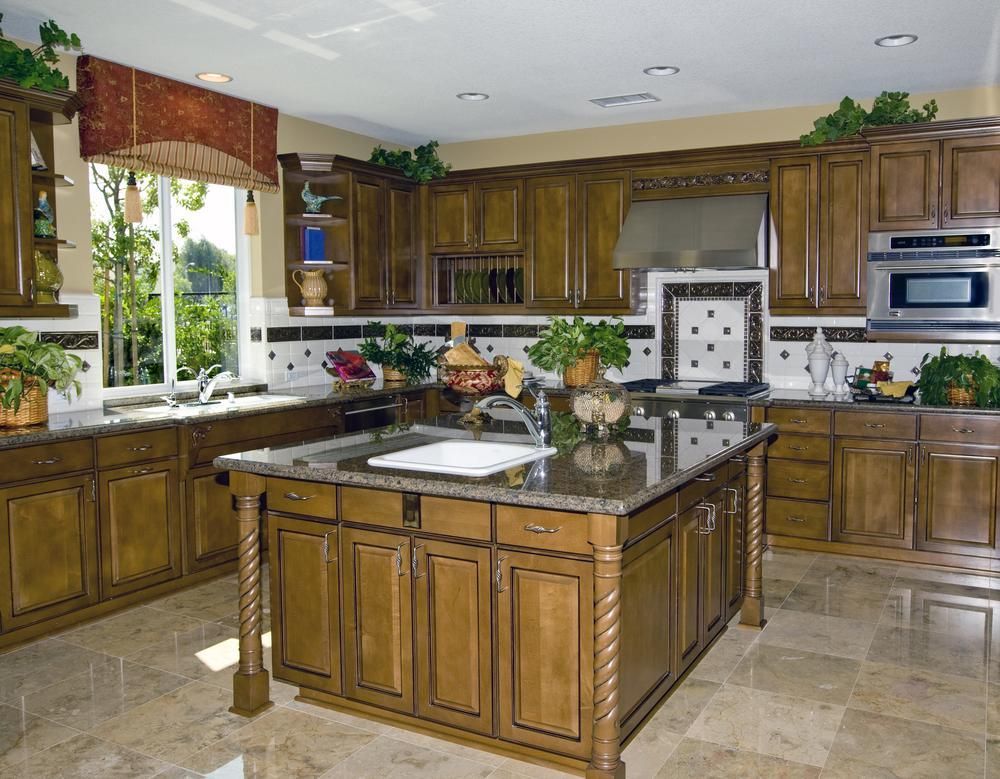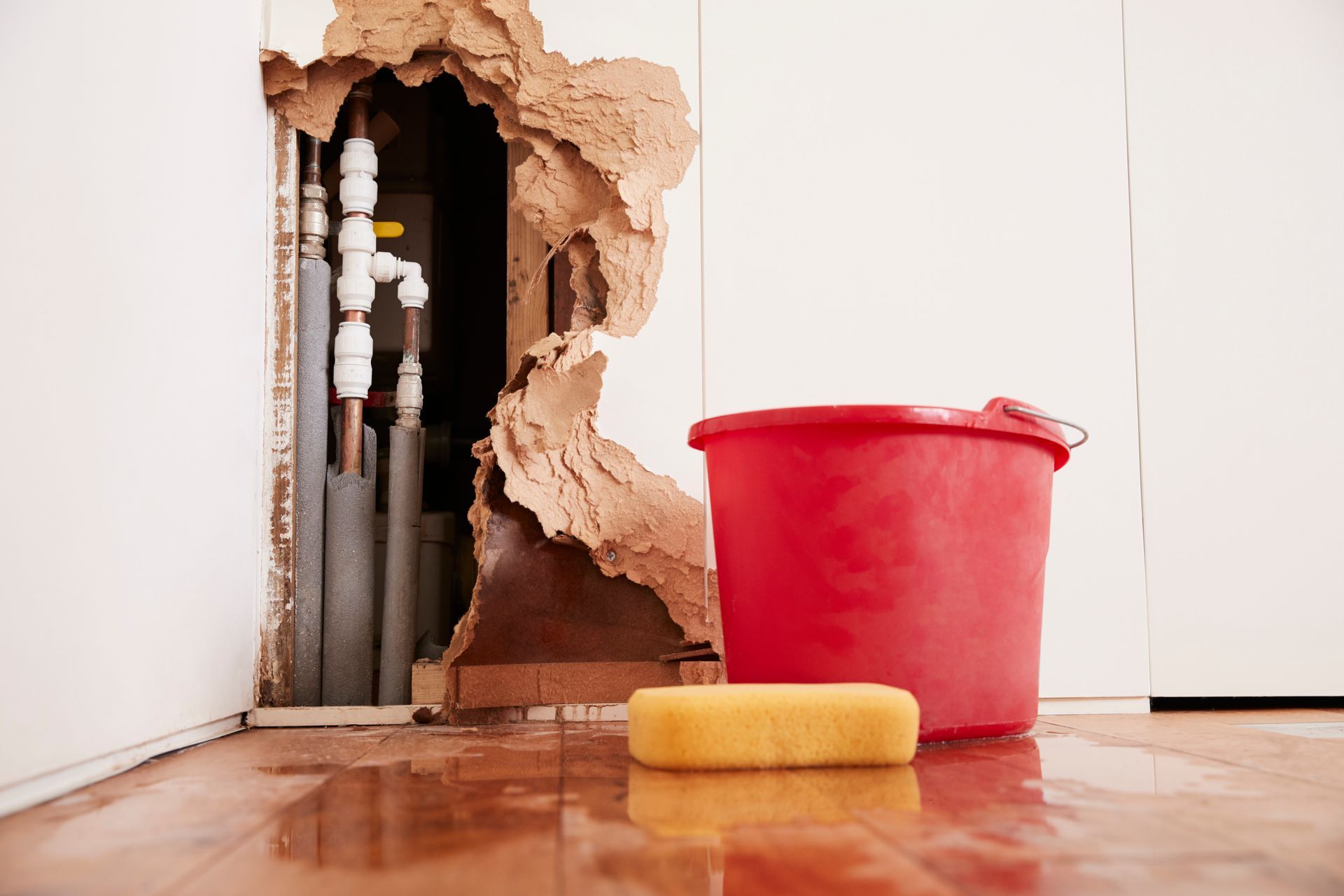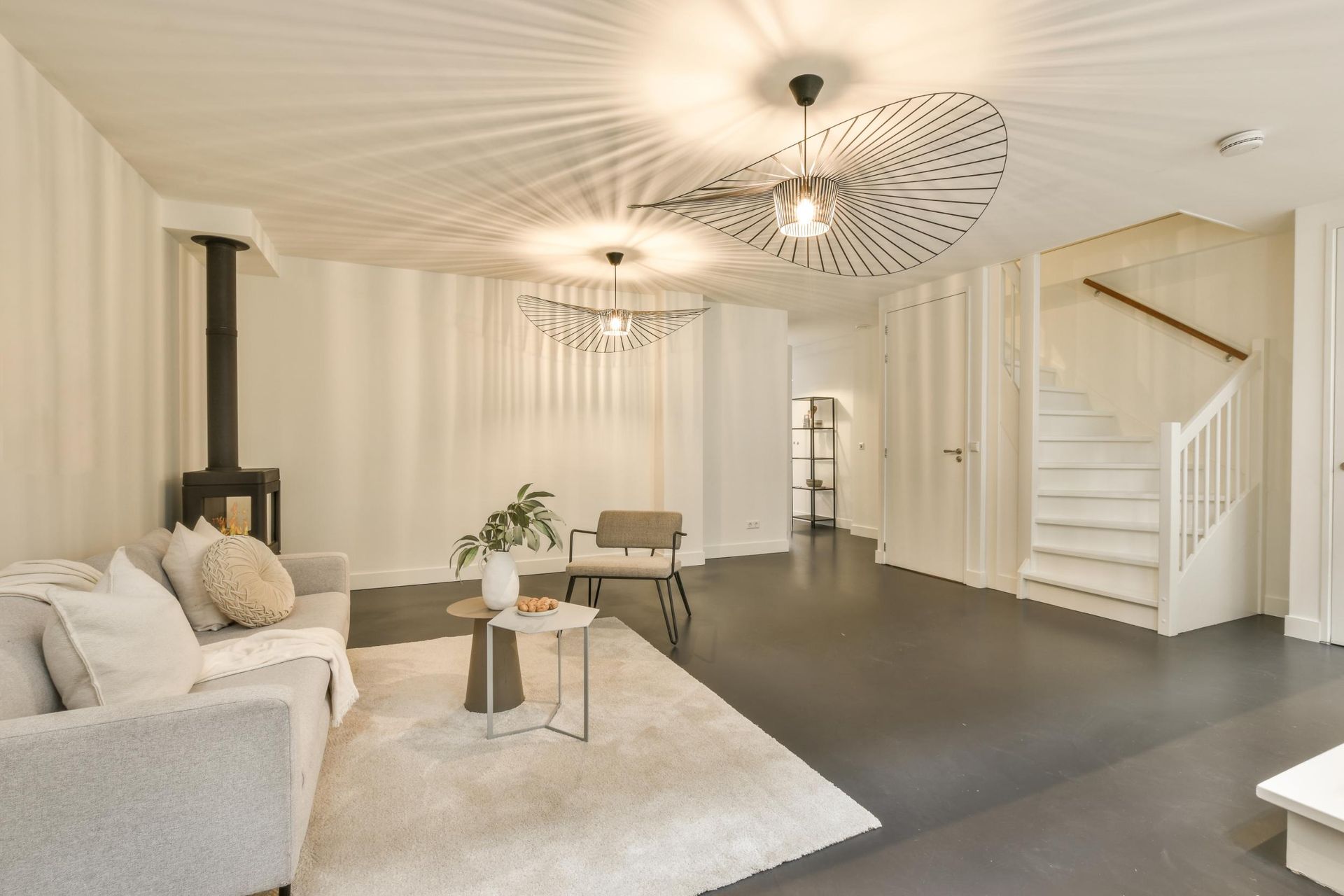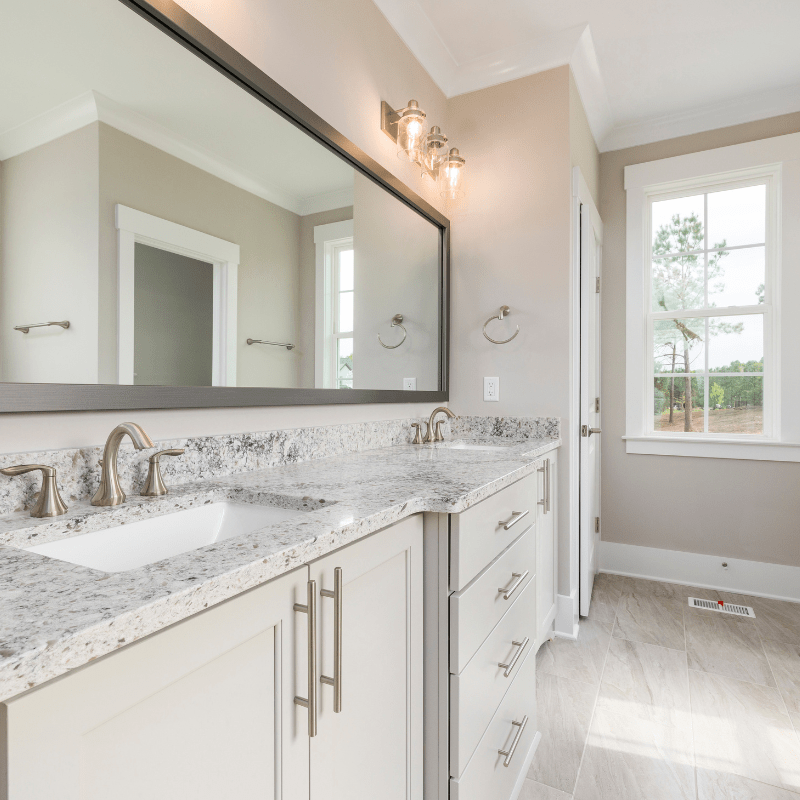Indoor pools have become increasingly popular in homes and recreational facilities. The ability to enjoy a refreshing swim regardless of the weather outside is a luxury many individuals desire. In this article, we will explore various indoor pool design ideas to help you create a captivating and functional aquatic oasis within your indoor space. From contemporary styles to tropical paradises, let’s dive into the world of indoor pool design.
Indoor Pool Design Ideas
An Increasingly Popular Luxury

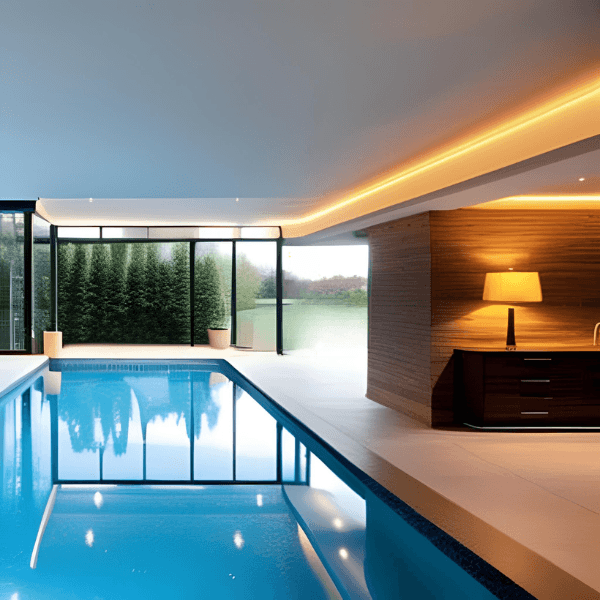
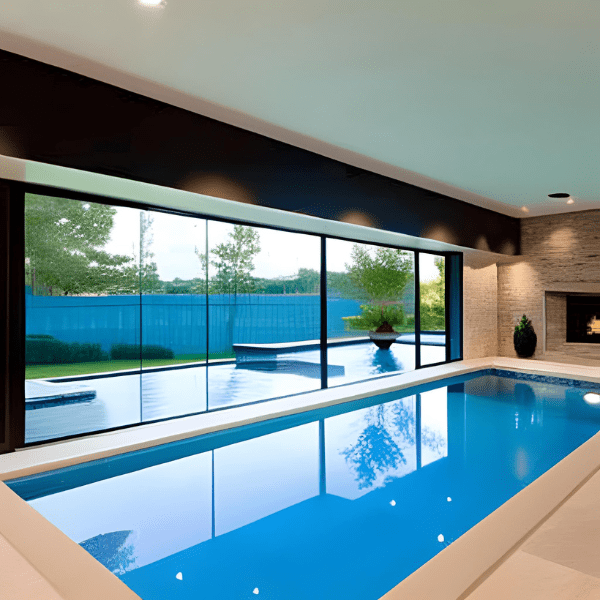
Importance of Indoor Pools
Indoor pools offer a range of advantages that extend beyond mere aesthetics. They provide a year-round opportunity for recreation, relaxation, and exercise. Regardless of the weather conditions, you can enjoy swimming without any interruptions. Moreover, indoor pools offer privacy, making them ideal for individuals who prefer a more secluded environment.
Benefits of Indoor Pools
Indoor pools bring several benefits to homeowners and facility owners. Firstly, they offer enhanced privacy and security. You can enjoy your swim without worrying about prying eyes or external disturbances. Secondly, indoor pools provide the convenience of accessibility. You don’t have to travel to a public pool or gym, as the pool is right at your doorstep. Lastly, indoor pools can increase the value of your property and add a touch of luxury to your home.
Factors to Consider for Indoor Pool Design
Before diving into the design ideas, there are several factors you should consider to ensure a successful indoor pool project.
Available Space
Evaluate the available space for your indoor pool. Consider the dimensions, layout, and any architectural constraints. This assessment will help determine the shape and size of the pool that will fit harmoniously within your indoor area.
Purpose of the Pool
Identify the primary purpose of your indoor pool. Do you plan to use it for exercise, relaxation, or family recreation? Understanding the main function will guide the design decisions, such as pool depth, seating areas, and additional features.
Budget
Set a budget for your indoor pool project. It will dictate the scope of design possibilities, materials, and construction techniques that can be employed. Keep in mind both the initial investment and long-term maintenance costs.
Climate Control
Indoor pools require proper climate control to maintain comfortable swimming conditions. Factors such as temperature, humidity, and ventilation need to be carefully considered to ensure an optimal environment for swimming.
Safety Measures
Safety should be a top priority when designing an indoor pool. Incorporate safety features like non-slip surfaces, pool covers, and secure fencing to protect users, especially if there are children or pets in the household.
Types of Indoor Pools
There are various types of indoor pools to suit different needs and preferences. Let’s explore some popular options:
Lap Pools
Lap pools are long and narrow, designed for swimming laps. They are perfect for individuals who prioritize exercise and fitness. Lap pools can be integrated into a dedicated room or basement, allowing you to maintain an active lifestyle without leaving the comfort of your home.
Exercise Pools
Exercise pools are compact yet versatile. They often feature jets that create a resistance current, allowing you to swim in place. These pools are ideal for low-impact workouts, hydrotherapy, and rehabilitation exercises.
Therapy Pools
Therapy pools are designed with relaxation and rejuvenation in mind. They typically incorporate features such as hydrotherapy jets, seating areas, and built-in massaging elements. Therapy pools are perfect for unwinding after a long day or soothing sore muscles.
Family Pools
Family pools are designed to accommodate multiple users and offer a space for recreational activities. They often include shallow areas for children, seating options, and water features to enhance the overall experience for the whole family.
Indoor Pool Design Ideas
Now that we have explored the different types of indoor pools, let’s dive into various design ideas that can transform your indoor pool into a stunning centerpiece.
Contemporary Style
Contemporary indoor pools embrace sleek lines, minimalist aesthetics, and modern materials. They often feature glass walls, allowing natural light to flood the space while providing a seamless connection with the outdoor environment. The use of clean, geometric shapes and a neutral color palette creates a sophisticated and timeless look.
Natural and Organic Elements
For those who seek a closer connection with nature, incorporating natural and organic elements into the pool design can create a serene and calming atmosphere. Consider using materials such as stone, wood, and natural tiles. Additionally, integrating plants, waterfalls, or indoor gardens can add a touch of tranquility to your indoor pool space.
Tropical Oasis
If you want to evoke a vacation-like atmosphere, consider designing your indoor pool as a tropical oasis. Embrace lush foliage, vibrant colors, and exotic materials. Install a thatched roof, incorporate palm trees, and use decorative elements like bamboo or rattan furniture to complete the tropical theme. This design will transport you to a luxurious resort every time you step into your indoor pool.
Minimalistic Design
Minimalistic indoor pools focus on simplicity, clean lines, and uncluttered spaces. Choose a monochromatic color scheme, eliminate unnecessary elements, and opt for a streamlined design. The result is a visually appealing pool that exudes elegance and sophistication.
Classic Elegance
For a timeless and elegant indoor pool design, draw inspiration from classical architecture. Incorporate ornate details, luxurious materials like marble, and graceful curves. Consider adding features such as columns, statues, or chandeliers to create a regal ambiance.
Spa-Inspired Pools
Spa-inspired pools provide a serene and indulgent experience within your own home. Incorporate features like hot tubs, waterfalls, and integrated seating areas. Add ambient lighting, scented candles, and soothing music to enhance the spa-like atmosphere. This design is perfect for those seeking ultimate relaxation and self-care.
Pool Lighting and Accessories
To enhance the visual appeal and functionality of your indoor pool, lighting and accessories play a crucial role.
Ambient Lighting
Strategically placed ambient lighting can create a cozy and inviting ambiance. Use soft, warm lighting to highlight specific areas or architectural features. Incorporate dimmers to adjust the lighting intensity according to the desired mood.
Underwater Lighting
Underwater lighting not only adds a touch of magic to your pool but also ensures visibility and safety during nighttime swims. Choose LED lights that can change colors, creating a captivating and dynamic visual effect.
Water Features
Water features like fountains, waterfalls, or cascades can add a sense of tranquility and serenity to your indoor pool. The gentle sound of flowing water complements the overall atmosphere and provides a soothing backdrop for relaxation.
Poolside Furniture and Decor
Select comfortable and stylish poolside furniture that complements your indoor pool design. Lounge chairs, daybeds, or even hammocks can create a luxurious space for relaxation. Consider incorporating decorative elements such as artwork, sculptures, or plants to further enhance the aesthetics.
Maintenance and Upkeep of Indoor Pools
To ensure your indoor pool remains in optimal condition, proper maintenance and upkeep are essential.
Filtration and Water Treatment Systems
Invest in a high-quality filtration system to keep the pool water clean and clear. Additionally, consider a water treatment system that minimizes the use of harsh chemicals while maintaining proper water balance.
Regular Cleaning and Maintenance
Establish a regular cleaning routine to remove debris, scrub the pool walls, and maintain proper water chemistry. This includes skimming the surface, vacuuming the pool floor, and cleaning filters. Regular maintenance will help extend the lifespan of your pool and ensure a healthy swimming environment.
Monitoring Temperature and Humidity Levels
Maintaining the appropriate temperature and humidity levels is crucial for both user comfort and the longevity of the indoor pool area. Install a reliable HVAC system that can regulate these factors effectively. Regularly monitor and adjust the settings as needed.
Proper Ventilation
Proper ventilation is essential to prevent excessive moisture buildup, control odors, and reduce the risk of mold or mildew. Incorporate ventilation systems that efficiently remove moist air and replace it with fresh air. This will help maintain a comfortable and healthy environment around the pool.
Conclusion
Designing an indoor pool offers endless possibilities for creating a captivating and functional space. Whether you prefer a contemporary style, a tropical oasis, or a spa-inspired retreat, the design ideas outlined in this article can serve as inspiration for your indoor pool project. Remember to consider factors such as available space, purpose, budget, climate control, and safety when embarking on this exciting venture. With careful planning and attention to detail, you can create an indoor pool that not only meets your needs but also becomes the highlight of your home.
FAQs
How much does it cost to build an indoor pool?
The cost of building an indoor pool can vary significantly depending on various factors such as size, design complexity, materials used, and location. It is best to consult with a professional pool builder or contractor
to get an accurate estimate based on your specific requirements.
Can I convert an existing room into an indoor pool?
In many cases, it is possible to convert an existing room into an indoor pool. However, certain factors such as structural considerations, ventilation, and moisture control need to be evaluated to ensure a successful conversion. Consult with a qualified professional to assess the feasibility of such a project.
How can I maintain the water quality in my indoor pool?
Maintaining water quality involves regular testing and balancing of chemicals such as chlorine, pH levels, and alkalinity. It is crucial to monitor the water chemistry and adjust it accordingly to ensure safe and clear water. Consider investing in an automated water testing system for convenience and accuracy.
Are indoor pools suitable for small spaces?
Yes, indoor pools can be designed to fit small spaces. Compact pool designs such as exercise pools or therapy pools are well-suited for smaller indoor areas. Working with a skilled pool designer can help maximize the use of available space and create a functional pool within the constraints.
Do indoor pools require special permits or permissions?
The need for permits and permissions varies depending on local regulations and building codes. It is advisable to consult with your local authorities or a professional pool builder to determine the specific requirements for building an indoor pool in your area. Compliance with safety standards is crucial to ensure a legal and secure pool installation.
Share this Post
